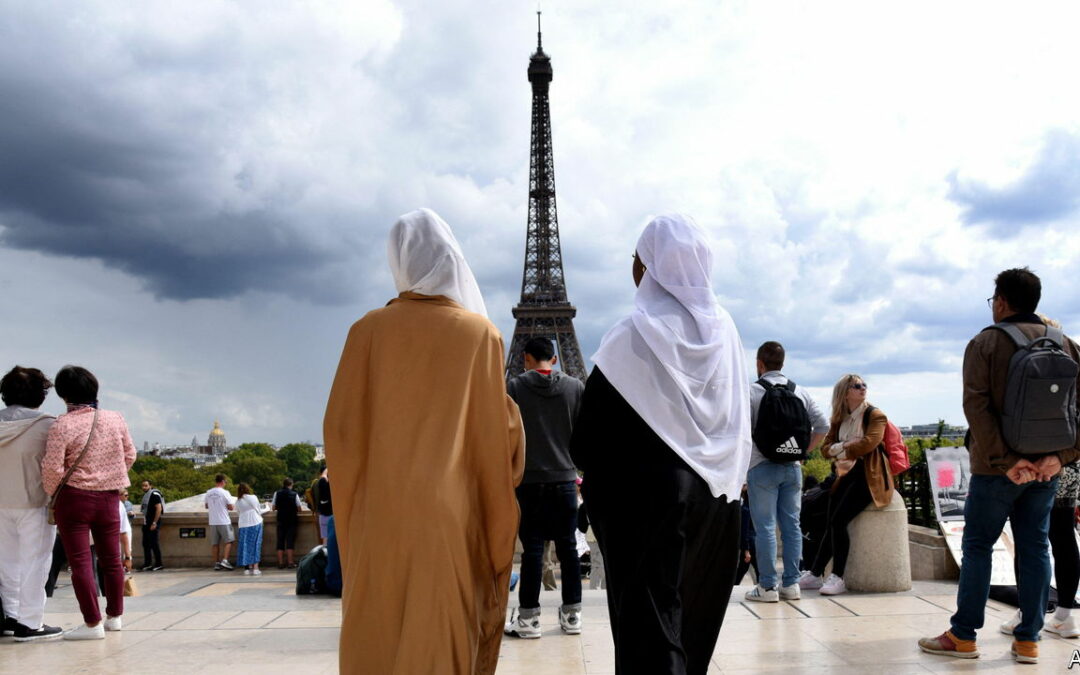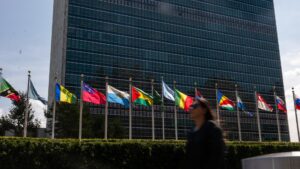EVERY FEW years the French get worked up about an item of religious clothing that they deem inappropriate in the classroom. This time a controversy has broken out at la rentrée, the start of the new school year, over a government decision to ban from state schools the abaya, a full-length robe worn by some Muslim girls for modesty. To people in countries with a tradition of liberal multiculturalism, the ban looks like an unacceptable infringement of the right to religious expression. To defenders of a strict version of French secularism, it is a measure necessary to protect the republic from religious interference. Why is France so worried about Muslim dress in its schools?
Devised by Gabriel Attal, France’s education minister, the new rule was made official on August 31st, four days before term began. On the first day back 298 pupils across France turned up wearing the garment. Most were persuaded at the school gates to change their dress; 67 refused and were sent home. Of the 12m pupils in France, this represents a minuscule phenomenon. But Mr Attal argues that it is a trend that needs to be stopped, and that the safeguarding of France’s secular tradition is at stake.
The French approach to religion in public life is known as laïcité, a form of secularism enshrined by law in 1905 after a long struggle against authoritarian Catholicism. These rules are designed to protect both the right to religious belief and the right not to believe, as well as the neutrality of the state in religious affairs. At the start of the 20th century secular republicans were set on wresting control of schools from Catholic influence. More recent bans have been framed as the reinforcement of rules that govern religious expression of any faith. One introduced in 2004 outlawed in state schools “conspicuous” religious symbols, including the Muslim headscarf, Jewish kippah and large Christian crucifixes.
Yet French Muslims often feel that such rules unfairly target Islam. The new abaya ban, says Muslim Rights Action, a French anti-discrimination group that is trying to overturn the decision, risks stigmatising Muslim pupils and introducing ethnic profiling. The new rule has won approval on the right and far-right, although it has divided the left, parts of which also remain firmly attached to the defence of laïcité.
The government argues that it is trying to minimise discrimination in the classroom by keeping religious faith out. It is not a question of casual clothing choices, it says, but a response to an attempt to spread hardline political Islamism in France. Gilles Kepel, a scholar of Islamism, says the wearing of the abaya in schools is part of an Islamist strategy “to test the limits” in France. In the face of new pressures, the government says, headteachers need to have more powers to enforce secular rules. Liberals outside France will, as ever, find the rule a baffling distraction. The French consider that their country’s secular character is at stake. ■









